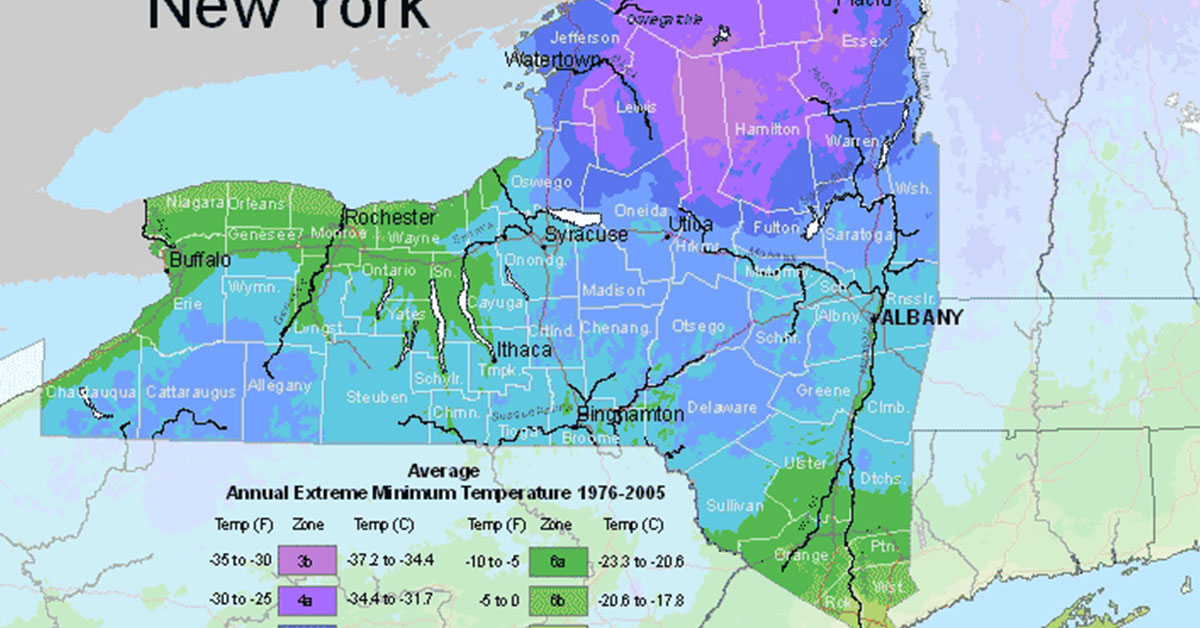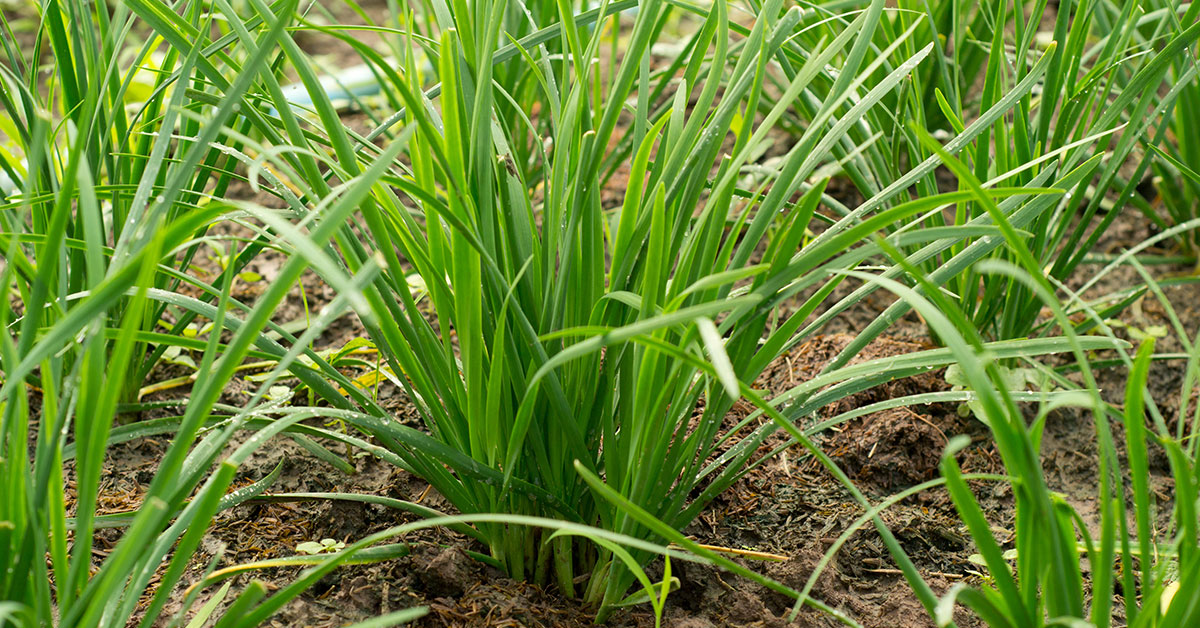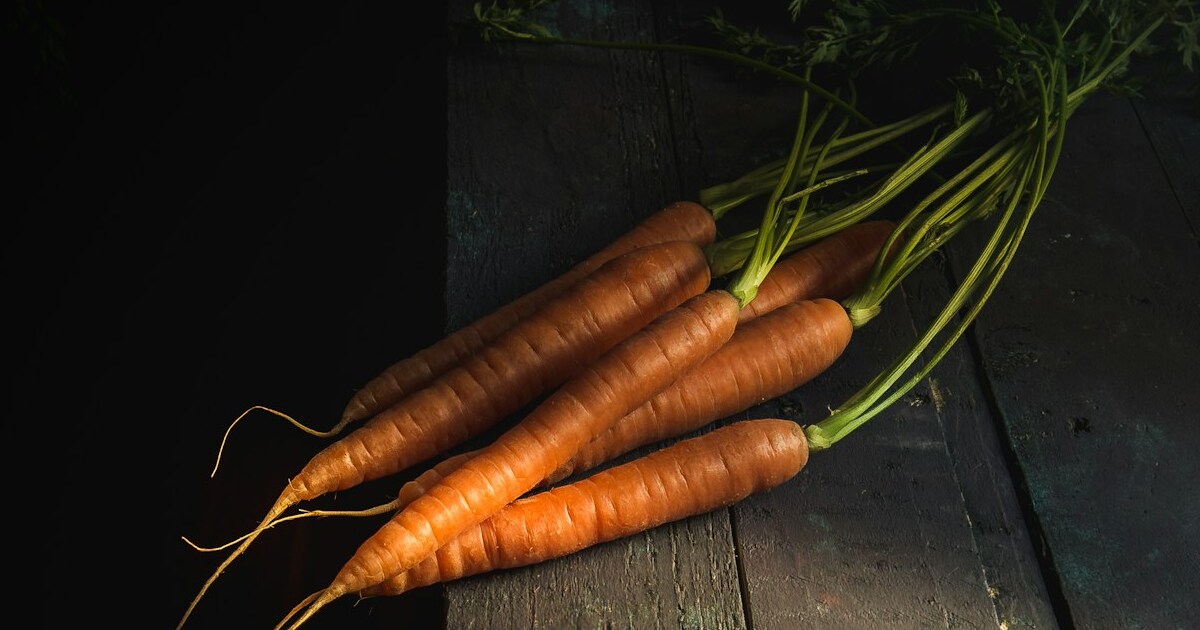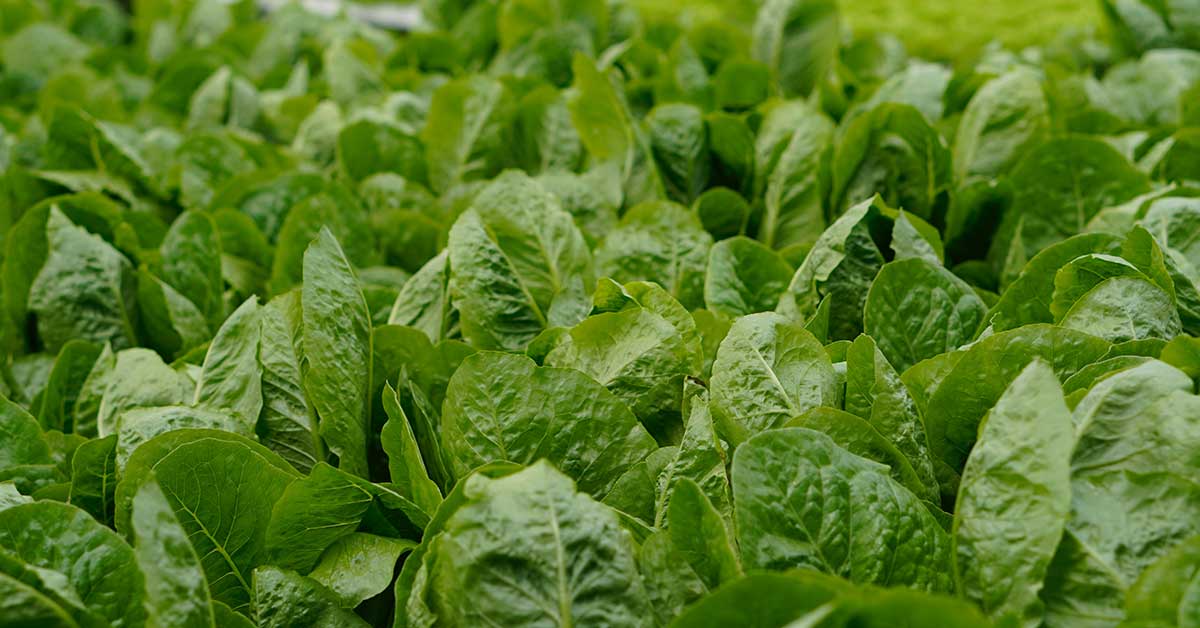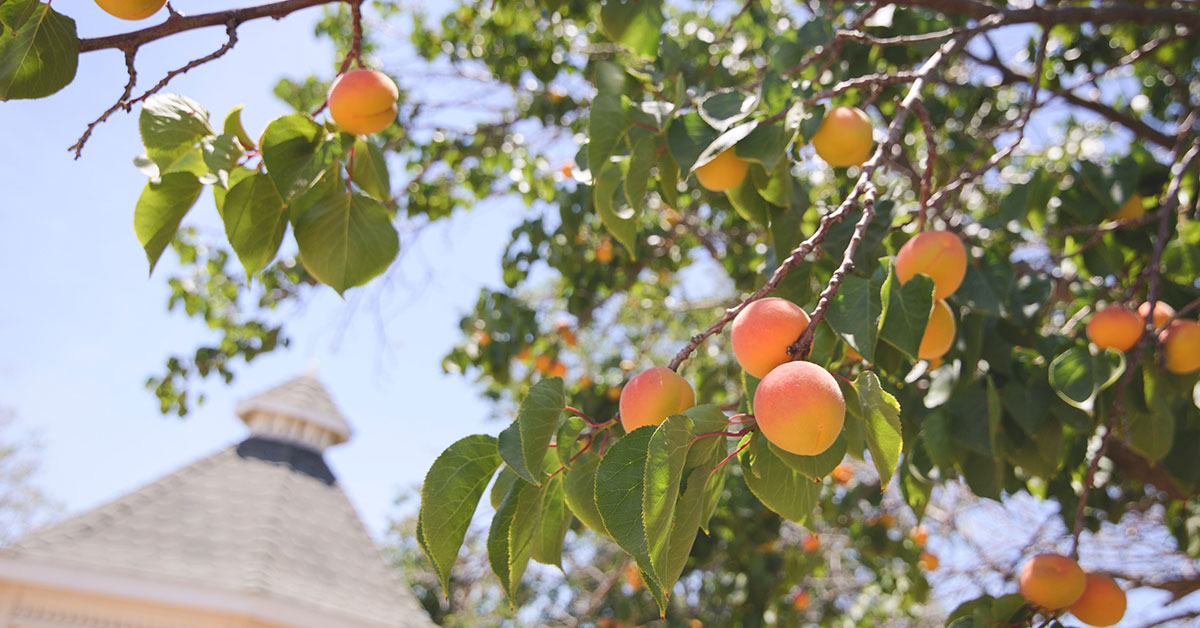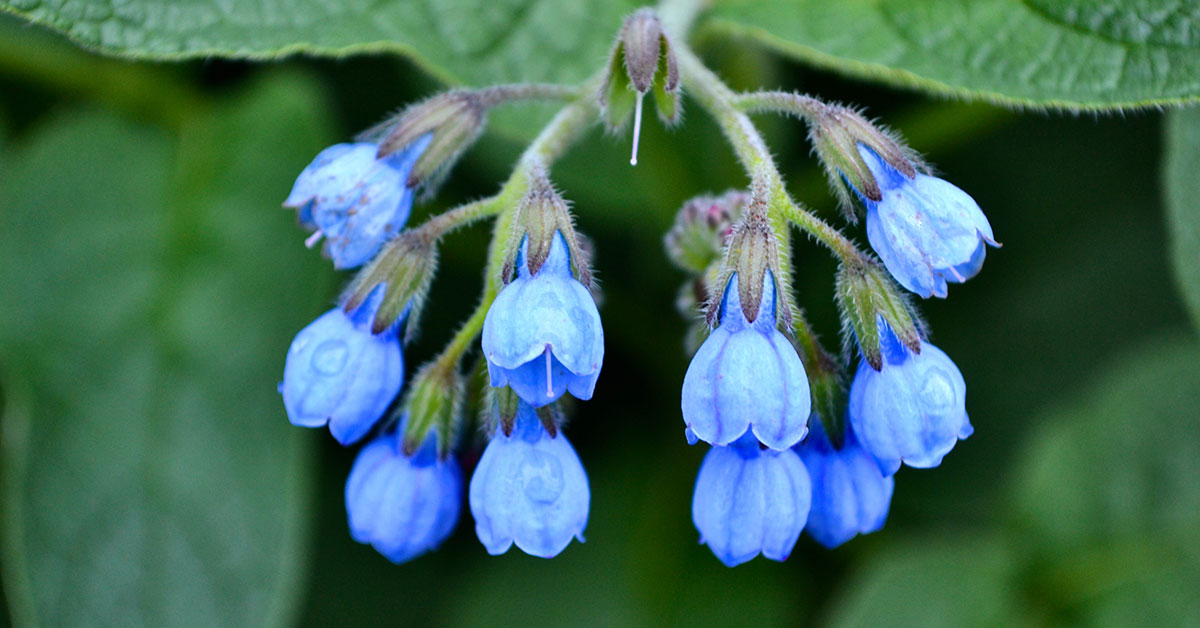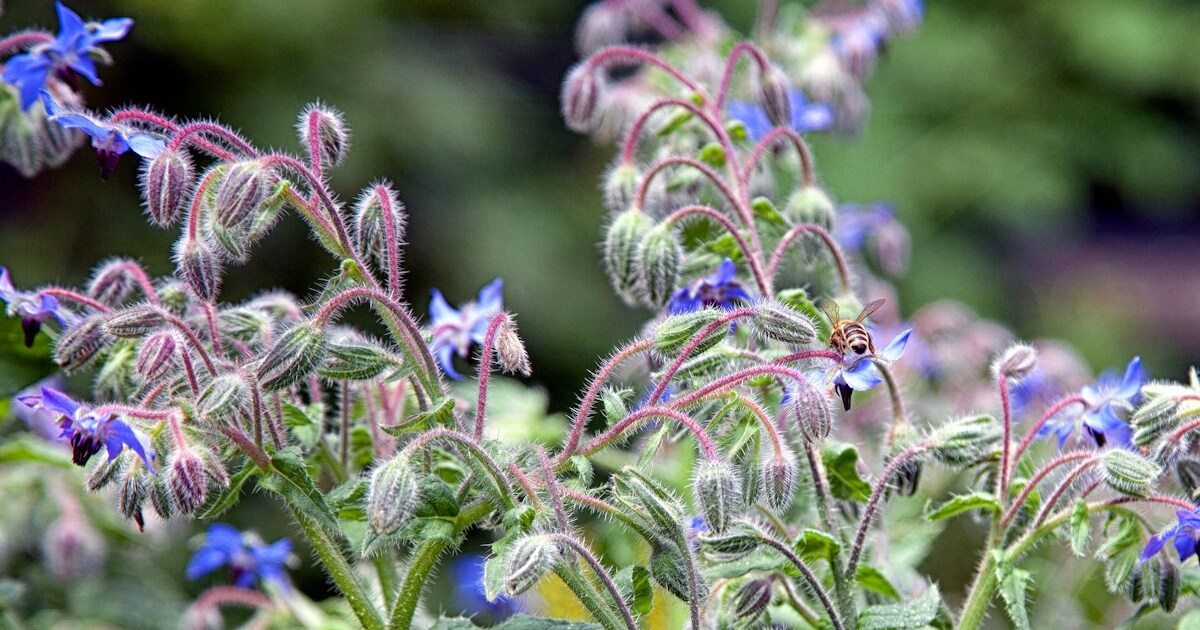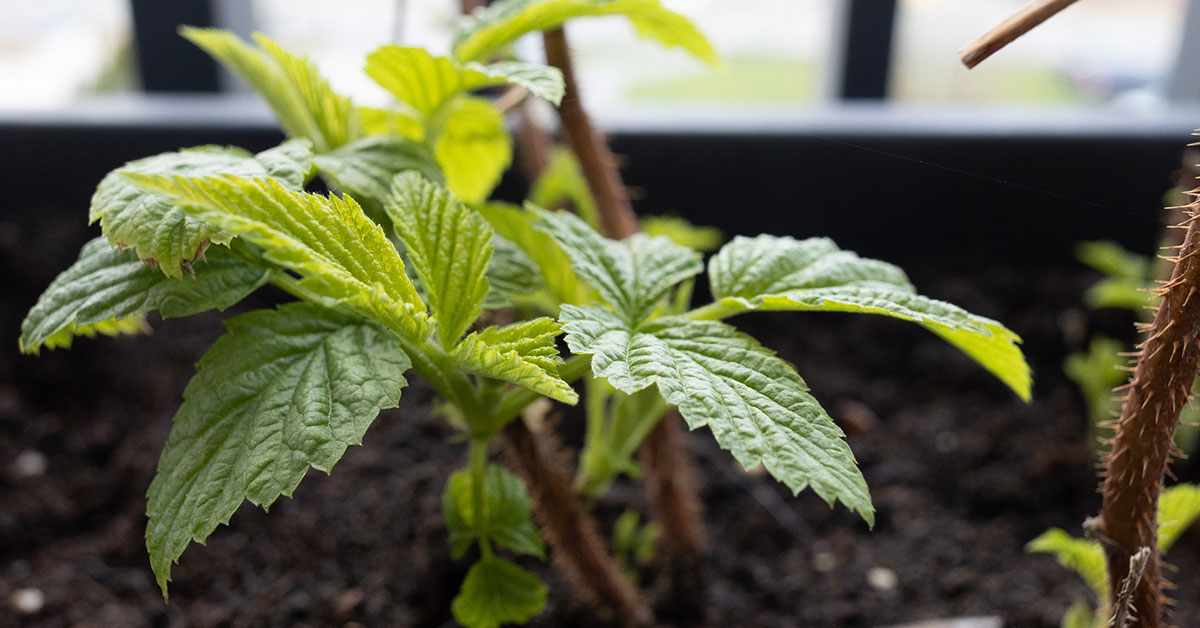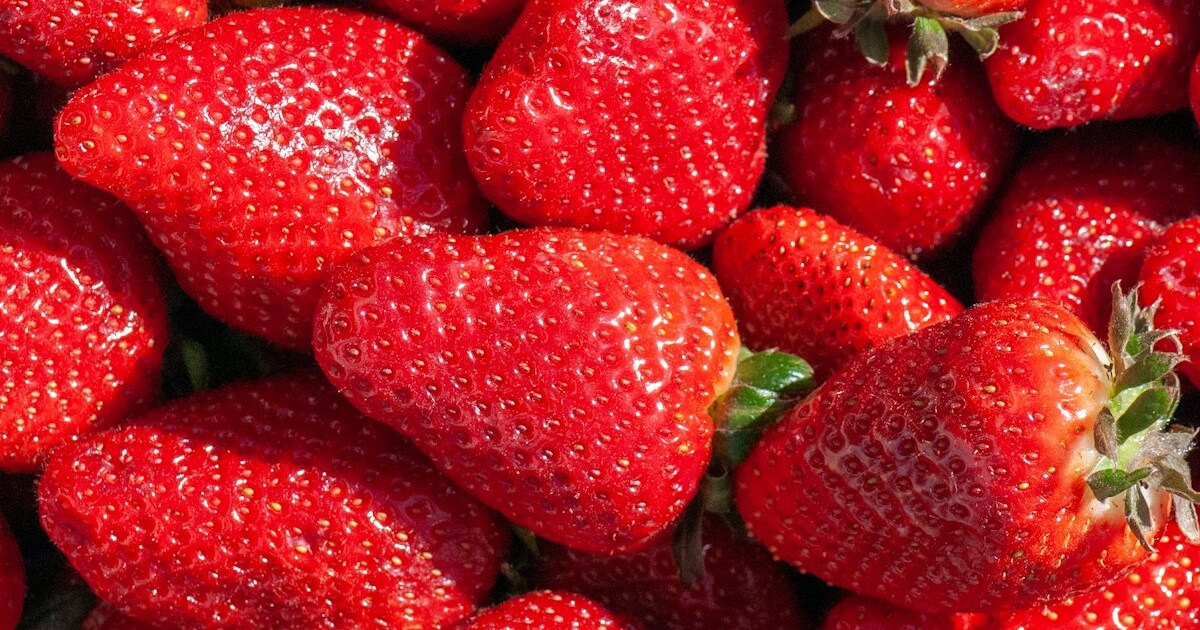Welcome to the lush world of gardening in Buffalo, where green thumbs thrive despite the challenges of a colder climate. Nestled in the USDA hardiness zone 6a, Buffalo offers a unique and rewarding gardening experience. This zone, characterized by its long, cold winters and relatively short growing season, presents both opportunities and obstacles for gardeners.
However, with careful planning, the right plant selection, and a touch of creativity, Buffalo gardeners can create stunning landscapes that flourish throughout the year. Whether you are a seasoned gardener or just starting out, this article will guide you through the ins and outs of gardening in Buffalo, helping you transform your outdoor space into a vibrant oasis.
What is Buffalo’s USDA hardiness zone?
The USDA hardiness zone is a system developed by the United States Department of Agriculture (USDA) to categorize regions based on their average annual minimum temperatures. This system helps gardeners and plant enthusiasts determine which plants are most likely to thrive in a particular area. Buffalo, located in western New York, falls under USDA hardiness zone 6a.
This means that the average annual minimum temperature in Buffalo ranges between -10°F to -5°F (-23°C to -21°C). It is important to note that this is just an average, and extreme weather events can cause temperatures to drop even lower. The hardiness zone provides valuable information for gardeners as it helps them select plants that can withstand the cold temperatures and survive the winter.
Plants that are not suited for zone 6a may struggle to survive or may require extra protection during the colder months. When choosing plants for a garden in Buffalo, it is crucial to select those that are hardy to zone 6a or lower. Some popular options for this zone include perennials like daylilies, hostas, and coneflowers, as well as shrubs like lilacs and hydrangeas.
Additionally, cold-hardy vegetables such as kale, broccoli, and carrots can be grown successfully in this zone. It is also important to consider other factors besides hardiness zone when selecting plants for a garden in Buffalo. Factors such as soil type, sunlight exposure, and moisture levels should also be taken into account to ensure the best chances of success.
Overall, understanding the USDA hardiness zone in Buffalo allows gardeners to make informed decisions about plant selection and care, increasing the likelihood of a thriving and beautiful garden.
When can you plant your garden in Buffalo?
In Buffalo, the ideal planting times for various plants can be determined by referring to its USDA hardiness zone. Buffalo falls under USDA hardiness zone 6a, which means it experiences cold winters with average minimum temperatures ranging from -10°F to -5°F (-23.3°C to -20.6°C). Here are some guidelines for the ideal planting times in Buffalo:
- Spring Planting: As the winter frost subsides and the soil starts to warm up, typically in late April or early May, it is a suitable time to start planting cool-season crops such as lettuce, spinach, peas, and radishes. It is also a good time to plant perennial flowers, shrubs, and trees.
- Summer Planting: Once the threat of frost has passed and the soil has warmed up considerably, usually in late May or early June, it is the ideal time to plant warm-season crops like tomatoes, peppers, cucumbers, and beans. It is also a suitable time to plant annual flowers and herbs.
- Fall Planting: In Buffalo, the fall season provides a favorable climate for planting certain crops. As the temperatures start to cool down in September, it is a great time to plant cool-season vegetables such as broccoli, cabbage, carrots, and beets. Additionally, it is an excellent time to plant perennials, trees, and shrubs, as they have time to establish their root systems before winter.
It is important to note that these planting times are general guidelines and can vary depending on weather conditions and specific plant requirements. It is always advisable to consult local gardening resources, extension services, or experienced gardeners in Buffalo for more accurate and specific planting recommendations.
What grows well in Buffalo?
Buffalo, New York falls under USDA hardiness zone 6a. This means that the average minimum winter temperature in this area ranges from -10 to -5 degrees Fahrenheit (-23.3 to -20.6 degrees Celsius). Here is a comprehensive list of plants that generally grow well in Buffalo’s climate:
- Black-eyed Susan (Rudbeckia)
- Coneflower (Echinacea)
- Daylily (Hemerocallis)
- Hosta (Hosta spp.)
- Russian Sage (Perovskia atriplicifolia)
- Sedum (Sedum spp.)
- Shasta Daisy (Leucanthemum x superbum)
- Tickseed (Coreopsis)
- Yarrow (Achillea)
- Butterfly Bush (Buddleja davidii)
- Hydrangea (Hydrangea spp.)
- Lilac (Syringa vulgaris)
- Ninebark (Physocarpus opulifolius)
- Potentilla (Potentilla fruticosa)
- Spirea (Spiraea spp.)
- Viburnum (Viburnum spp.)
- Weigela (Weigela florida)
- Winterberry (Ilex verticillata)
- Red Maple (Acer rubrum)
- Sugar Maple (Acer saccharum)
- Japanese Maple (Acer palmatum)
- Eastern Redbud (Cercis canadensis)
- Flowering Dogwood (Cornus florida)
- White Oak (Quercus alba)
- American Beech (Fagus grandifolia)
- Eastern Hemlock (Tsuga canadensis)
- Eastern White Pine (Pinus strobus)
- Clematis (Clematis spp.)
- Honeysuckle (Lonicera spp.)
- Virginia Creeper (Parthenocissus quinquefolia)
- Trumpet Vine (Campsis radicans)
- Climbing Hydrangea (Hydrangea anomala petiolaris)
- Marigold (Tagetes)
- Petunia (Petunia spp.)
- Zinnia (Zinnia elegans)
- Pansy (Viola tricolor)
- Snapdragon (Antirrhinum majus)
- Impatiens (Impatiens walleriana)
- Sweet Alyssum (Lobularia maritima)
- Foxglove (Digitalis purpurea)
Remember to consider factors such as soil conditions, sunlight exposure, and water requirements when selecting plants for your specific garden. It’s always a good idea to consult with local nurseries or gardening experts for personalized advice based on your specific location and garden conditions.
What won’t grow in Buffalo?
In Buffalo, which is located in USDA hardiness zone 6a, there are several plants that may struggle to thrive due to the region’s climate conditions. Here are some examples:
- Tropical Plants: Plants that require consistently warm temperatures, such as tropical fruits (bananas, mangoes), hibiscus, or bougainvillea, will not survive the cold winters in Buffalo.
- Desert Plants: Cacti and other desert plants that are adapted to arid environments will struggle in Buffalo’s cold and wet climate.
- Subtropical Plants: Plants that thrive in subtropical regions, like citrus trees (lemons, oranges), may not survive the harsh winters in Buffalo.
- Mediterranean Plants: Some plants native to Mediterranean climates, such as lavender, rosemary, or olive trees, may struggle in Buffalo due to the cold temperatures and heavy snowfall.
- Tender Perennials: Certain tender perennials, like geraniums or impatiens, may not survive the cold winters in Buffalo and are often treated as annuals in this region.
- Warm-Season Vegetables: Warm-season vegetables like tomatoes, peppers, or eggplants may have a shorter growing season in Buffalo due to the relatively cool summers.
- Frost-Sensitive Plants: Plants that are highly sensitive to frost, such as delicate flowers or tender herbs, may struggle in Buffalo’s climate.
It’s important to note that while these plants may not thrive in Buffalo, there are still many other plant options that are well-suited to the region’s climate and hardiness zone.


